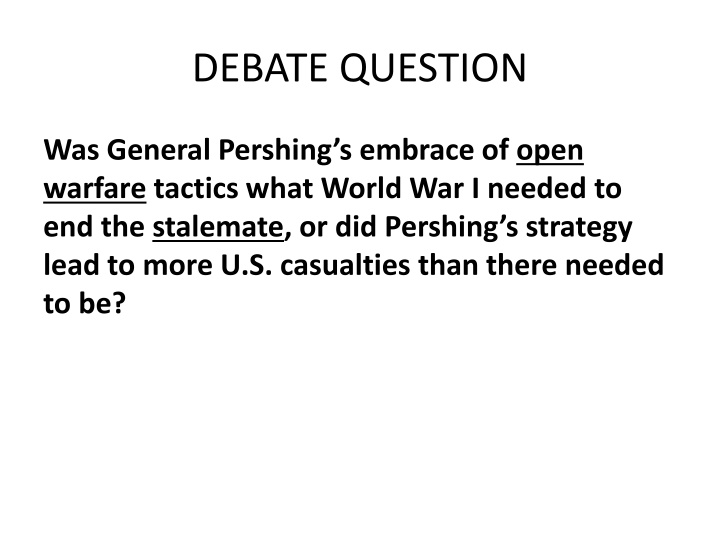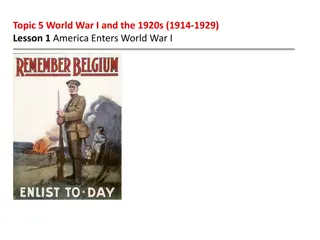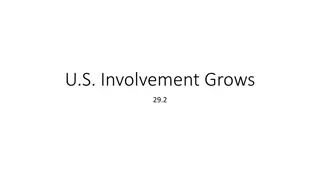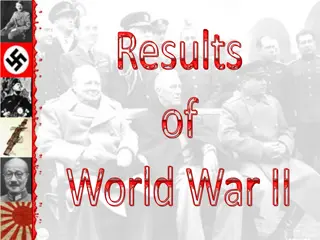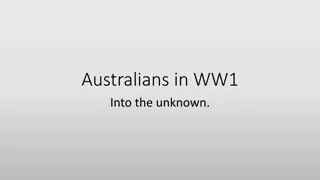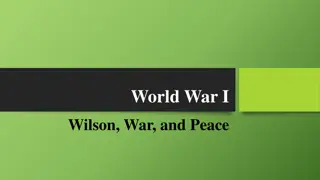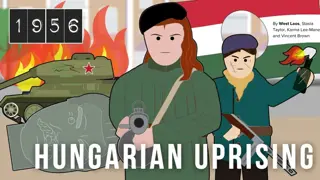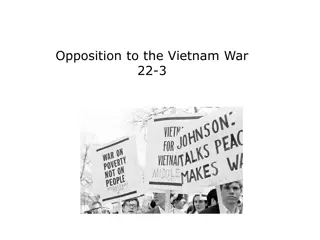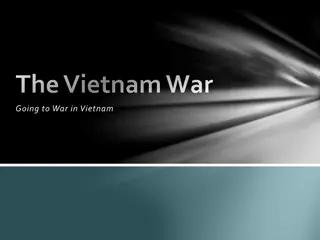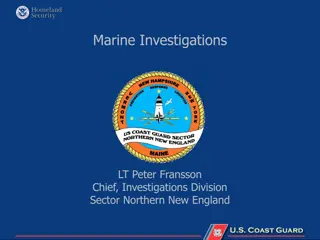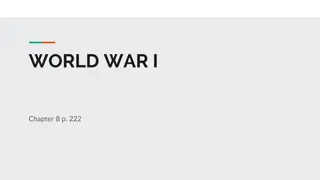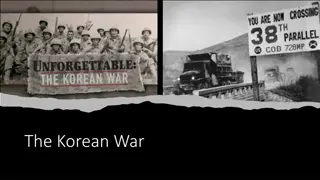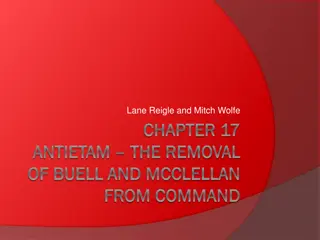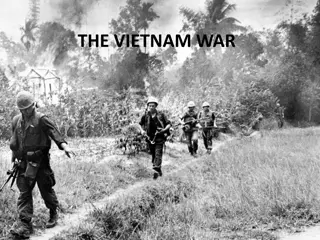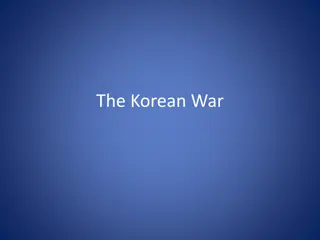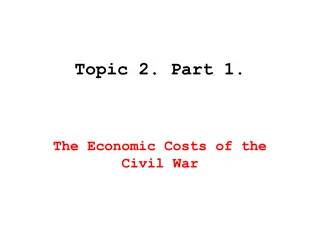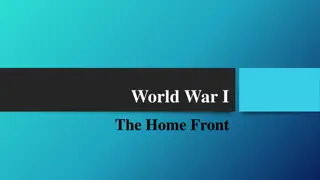General Pershing's Strategy in World War I: Ending the Stalemate or Increasing Casualties?
General Pershing's embrace of open warfare tactics in World War I sparked a debate on whether his strategy was the key to breaking the stalemate or if it led to unnecessary U.S. casualties. His preference for hand-to-hand combat over trench warfare raised questions about the effectiveness of traditional military tactics. This analysis delves into the impact of open warfare and its implications for the course of the conflict.
Download Presentation

Please find below an Image/Link to download the presentation.
The content on the website is provided AS IS for your information and personal use only. It may not be sold, licensed, or shared on other websites without obtaining consent from the author.If you encounter any issues during the download, it is possible that the publisher has removed the file from their server.
You are allowed to download the files provided on this website for personal or commercial use, subject to the condition that they are used lawfully. All files are the property of their respective owners.
The content on the website is provided AS IS for your information and personal use only. It may not be sold, licensed, or shared on other websites without obtaining consent from the author.
E N D
Presentation Transcript
DEBATE QUESTION Was General Pershing s embrace of open warfare tactics what World War I needed to end the stalemate, or did Pershing s strategy lead to more U.S. casualties than there needed to be?
Analyzing the debate question What is open warfare? What is a stalemate?
U.S. General John J. Pershing early in military career, served in 6th U.S. Cavalry, roamed Great Plains, participated in skirmishes with Indian tribes grew to favor hand-to-hand, rush- forward combat over trench warfare Fighting in trenches caused soldiers to rely too heavily on machine guns, grenades, and artillery, which weakened will to fight.
Did Pershings open warfare strategy lead to more U.S. casualties than there needed to be?
